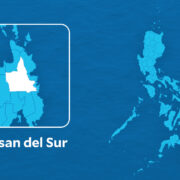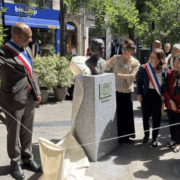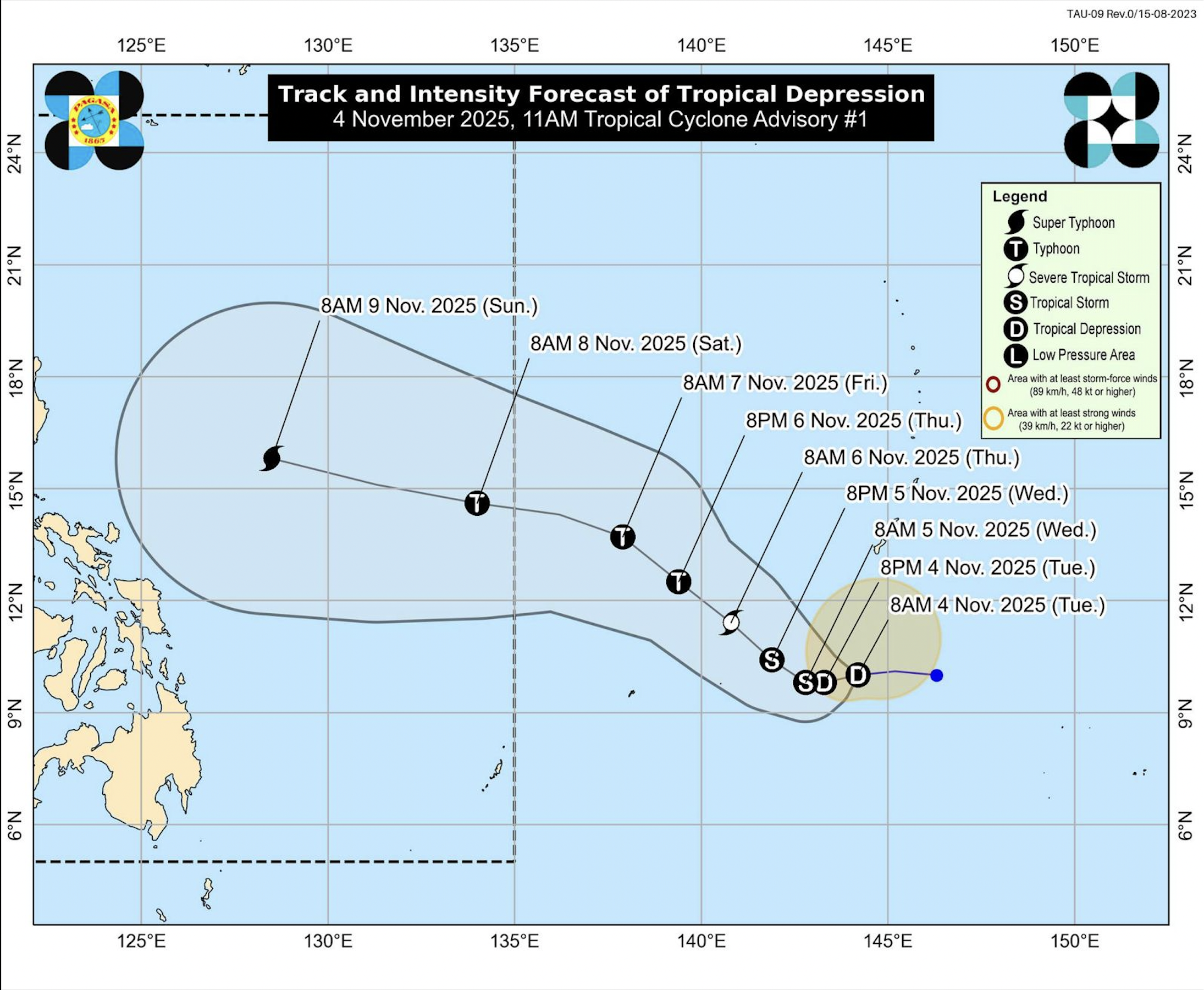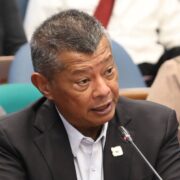‘Helpless’ Japan earthquake survivors ask for water
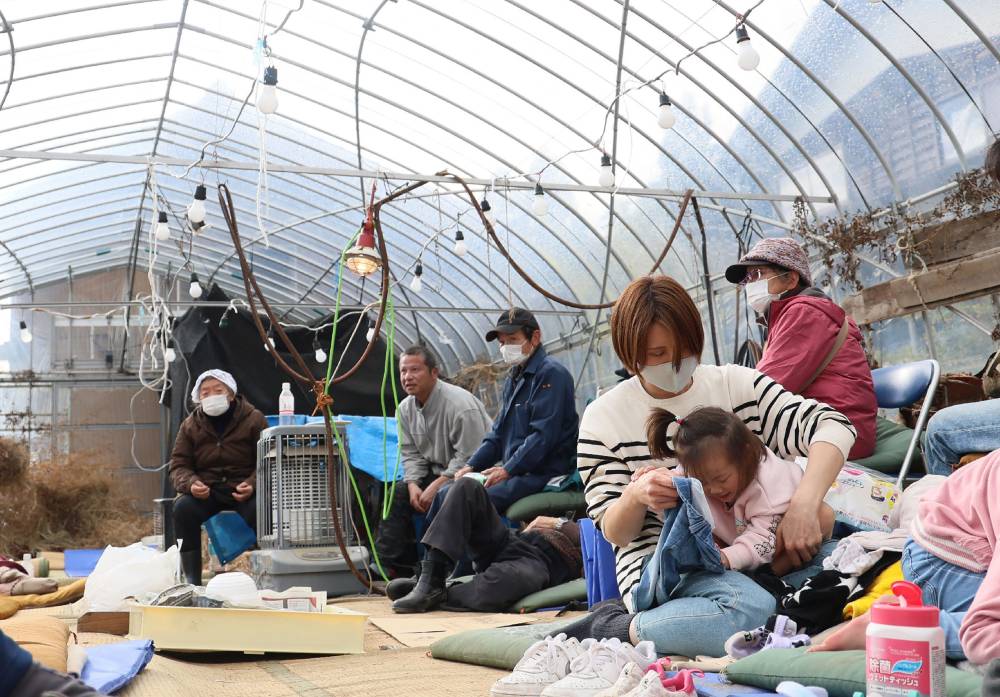
SHIKA, Japan—Waiting in the cold, hundreds of residents of the earthquake-hit Japanese town of Shika stood in a queue to get rations of a suddenly scarce, but vital, commodity: drinking water.
The line snaked out the door and around the town hall building, past paving stones jutting out of the ground that were forced upward by the powerful series of tremors on New Year’s Day.
Taps ran dry in many homes as dozens of aftershocks rocked Shika and other towns in the central Ishikawa region following a magnitude 7.5 earthquake.
Among those waiting for their six allocated liters of water on Tuesday was Tsugumasa Mihara, who told Agence France-Presse (AFP) that the huge jolt was unlike anything he had experienced before.
The 73-year-old had just given his grandchildren a traditional New Year’s Day gift of pocket money and was taking a nap when he was rattled awake by the quake.
“I was just helpless,” he said. “All I could do at the time was pray that it would end soon.”
The earthquake left broken dishes scattered in his kitchen, but no one was hurt in Mihara’s family and his home still has electricity.
Now, “the problem is water.”
Yuko, a 58-year-old resident, was also waiting for water, handed out in small plastic packets by a masked official in a blue jacket.
‘Feared for my life’
“I was on the second floor watching TV when the quake struck,” she said, adding that she had to hold on to the screen to stop it from toppling over.
“I feared for my life of course, but I couldn’t just run away, because I live with my family.”The spate of earthquakes toppled large buildings, triggered a tsunami of more than a meter and saw a huge fire sparked in the city of Wajima, razing part of a market area.
By Tuesday, at least 48 people had been confirmed dead in the disaster, which left deep cracks in concrete and brought down entire wooden homes so only their tiled roofs lay on the ground.
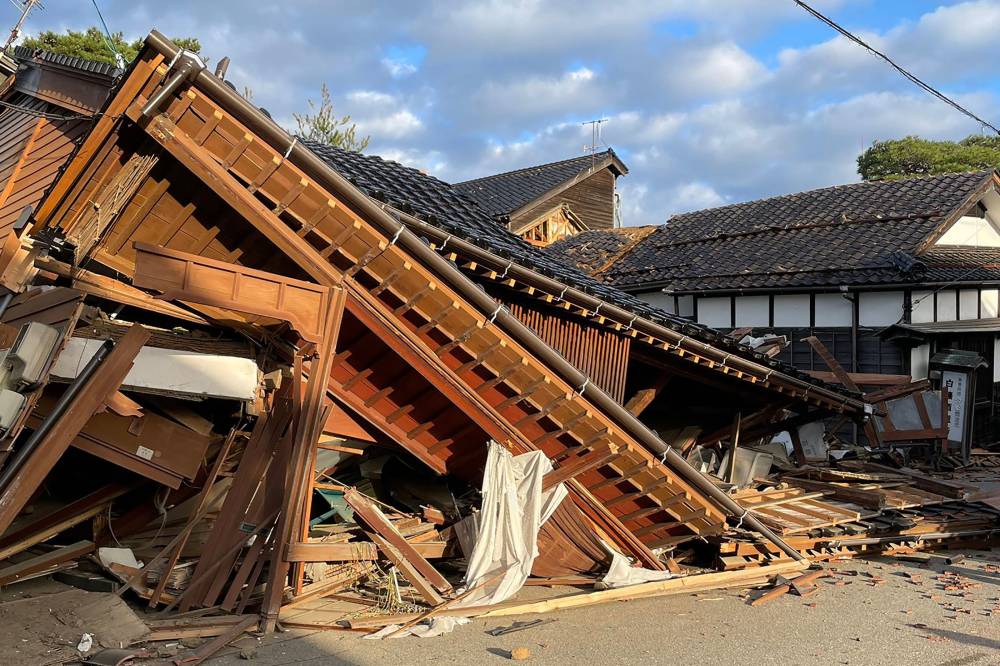
After the main shockwave on Monday—a public holiday in Japan, when loved ones gather to ring in the New Year—people in the worst-hit areas were urged to evacuate as authorities warned of the possibility of large tsunami waves.
There was an eerie quiet in a no-go area for vehicles near Shika, where AFP journalists saw an abandoned car stuck in a crack in the road.
Residents queued outside supermarkets to stock up on supplies, but some convenience stores were closed because there had been no product deliveries.
A sign at one store told customers: “We’re closed today. We’re evacuating.”
‘Long and violent’
Relief efforts were under way, with construction workers trying to mend road cracks with heavy machinery as rescue, army and police vehicles rushed to the scene.
A family, including grandparents and children, stood outside a tilted traditional wooden home in Wajima.

The children’s mother Akiko, 46, described the earthquake as “long and violent” and said they could not return to their home because the roads were blocked.
“Even if we do manage to return home, I don’t think we can go back to normal any time soon” because of the scarcity of basic necessities, such as water, she said.
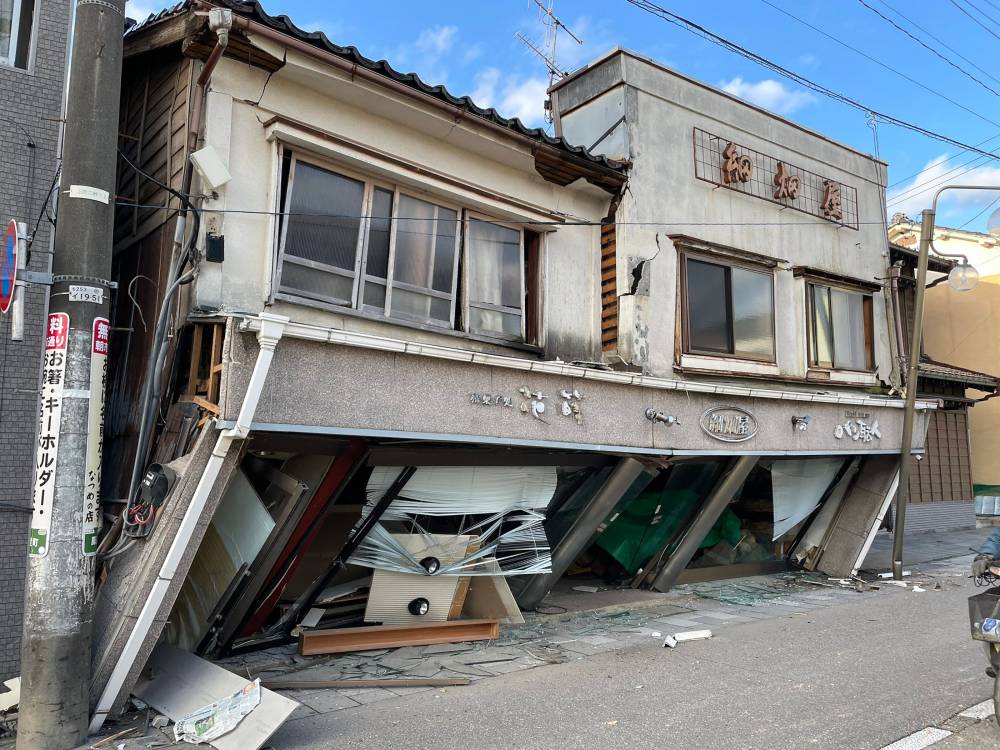
The family and their neighbors go to a nearby evacuation center to relieve themselves, using plastic bags placed in toilets, with the bags changed out manually by residents when full.
“I’m worried about potential infections,” Akiko said.
The start of 2024 would, she said, “be etched into my memory forever.”
“I was reminded of how precious leading a normal life is,” she added.
“We’ve experienced the absolute worst, so … now I will just move forward, trying to get our life back.” —AFP
AFP is one of the world's three major news agencies, and the only European one. Its mission is to provide rapid, comprehensive, impartial and verified coverage of the news and issues that shape our daily lives.



